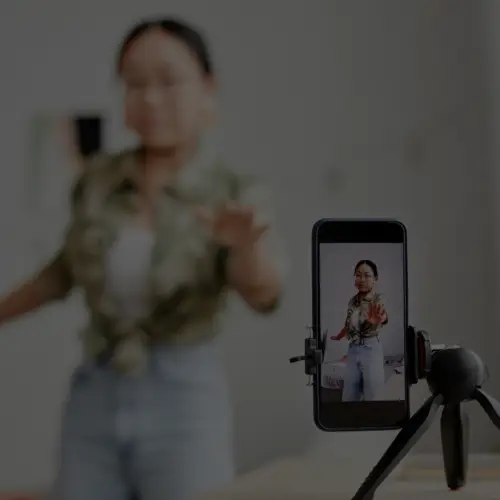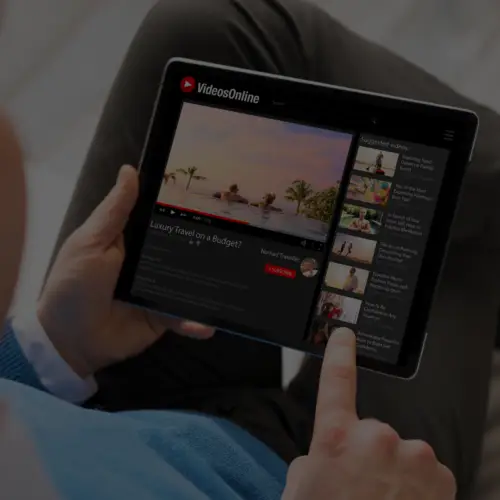
12 Jan What You Need To Know About Facebook Offline Conversions
There’s no question that Facebook leads social networks when it comes to innovation, especially when it comes to ad-buying offerings on the network. For years, brands have been looking to tie social media marketing efforts to physical, in-store traffic. A feat which has been difficult and expensive. Attributing your Facebook marketing efforts to offline sales is easier thanks to an update made in May. In this post, we’re going to give you the down & dirty on what you need to start measuring offline conversions, as well as a few cautionary tales.

What Is An Offline Conversion Anyway?
An offline conversion is when your customer purchases your product or service in your store. Attributing social media marketing to e-commerce sales and conversions is simple because of the ease of tracking between referring social channels and the e-commerce analytics platform that can associate behavior with that referral path thanks to tags, cookies, pixels, etc. With offline conversions, social media content can’t pass along tags or cookies and there isn’t a pixel in your store that is collecting data on users. This gap in tracking makes attribution for offline conversions a serious challenge. There are some workarounds, such as running an exclusive in-store offer promoted only through your social media marketing, and customer tracking solutions which tend to cost more that the campaign you’re running!
With a large database of user information, Facebook is trying to bridge this gap. In a nutshell, Facebook knows a lot of information about its users. If you provide Facebook with certain data points for a user, such as name and email address, it can look through the database and find a match. The way this works with offline conversions is: you provide Facebook with your online sales records, including date of purchase, value of purchase, and customer identification meta data (such as name & email). Facebook will search its database for matching users, check to see if the matching users have been exposed to ads from your page and, if so, attribute the provided sales value to the last post from your page that users saw and/or engaged with. Essentially, offline conversions answer the question: Did this user see or click on your Facebook ad before making a purchase?
Three Things To Plan When Setting Up Facebook Offline Conversions
1) Plan: Identify how you’re going to upload sales data. You can upload a data file, use a CRM that is already set up to integrate with Offline Conversions (Marketo, Leadsbridge, Zapier), or build a custom solution to integrate the Offline Conversion API with your PoS.
2) Activate: Beware of the limitations with uploading data manually. Facebook will only take transactions that happened within the last 90 days from when you upload the data. Additionally, attribution doesn’t stop collecting until 28 days after an ad has been served. Conversions are attributed to the last ad that a user saw or clicked on before purchasing a product. With this attribution window, if you pull a report right after a month ends, the number of conversions will likely increase when you pull that same data again a month later. The best way to collect the attribution data is to connect directly to the Offline Conversion API so your PoS system will automatically update Facebook with transaction data. If you need to upload data manually, try to do so within 48 hours of the transaction. This can be a challenge for a lot of brands and agencies, depending on how readily available this data is. When you upload data manually, be sure to not upload the same transaction multiple times. Data uploaded to Facebook cannot be removed or edited.
3) Learn: Monitor your data. From our experience the data can be finicky at first, resulting in implausible attributions. Make sure you set up your system for data delivery, check for any abnormalities, and monitor the results for several months before delivering any official reports. An example of abnormalities to check for might include one specific ad on one specific day holding a large percentage of attribution that does not resemble the spend, impressions, or engagements that occurred with that ad on that day. Once you are satisfied with the quality of your data, start analyzing performance. What type of ads most efficiently drive offline sales? What are the nuances between ads that perform well at driving offline sales versus ads that convert well for offline sales. What type of messaging leads to converting? How does your ROAS compare to other marketing tactics? Are there any striking similarities between ecommerce conversion attribution and offline sales attribution?
Social media channels are trying to trace the line between ad dollars and conversion and Facebook is leading the charge. Improvements to Offline Conversion tracking capabilities allow brands to establish that line of attribution. Of course, it has its bugs and its flaws but don’t let those stop you. Find a solution that works best with the data you have and keep a close eye on the data to make sure it looks to be running smoothly.







